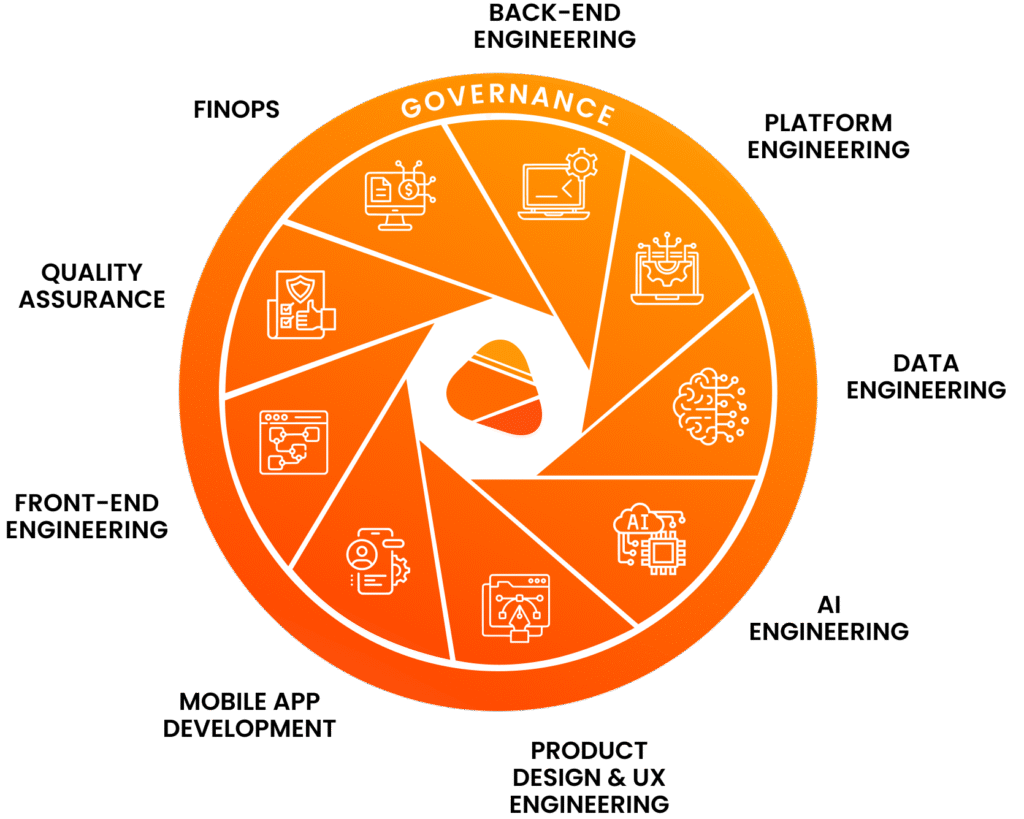At Bitrock, we believe that developing a successful project requires a deep understanding of the needs of the business. Our integrated end-to-end and Agile approach prioritizes empathy and customer feedback, ensuring that our services and solutions are customized to meet the specific requirements of each individual company, guiding its process of digital and technological evolution.

